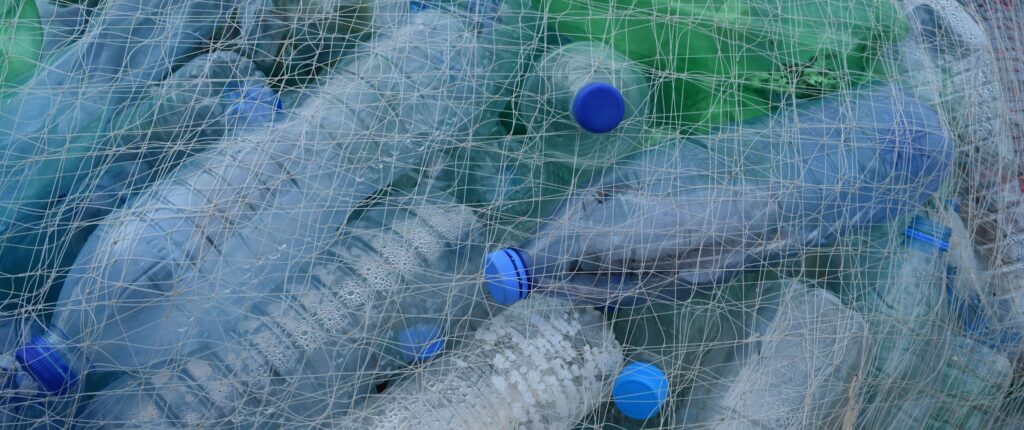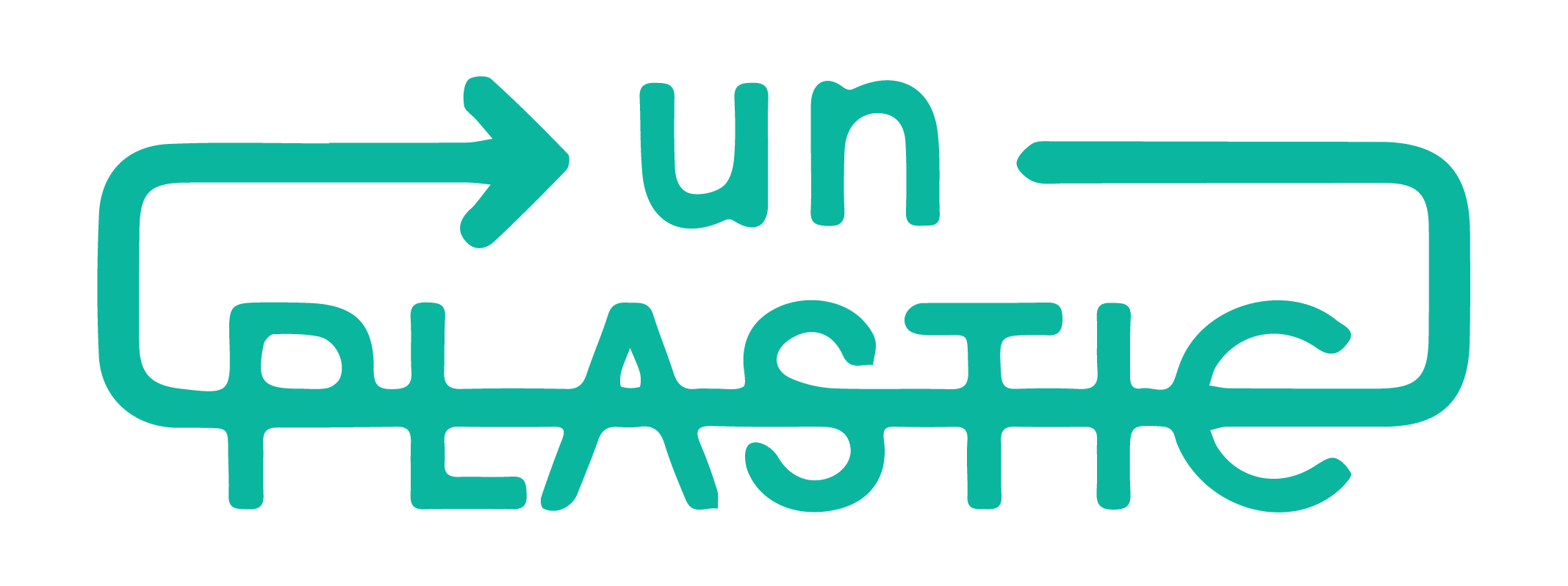Introduction to Plastic Pollution
- Instructor Prep: 2 hours | Seminar: 1 class slot
- Keywords: Single-use plastics | Macro-,micro- and nanoplastics | Non-point and Point source pollution

INTRODUCTION
As a teacher, this is your first step towards teaching about plastic pollution! The guide is designed to be used in tandem with the slides available on the unplastic.education website. The slides include ample supplemental information for each section in the presenter’s notes.
What is plastic and how is it made? What are single-use plastics? Where does plastic end up after it is no longer of use to us? This module will answer these questions and provide an introduction to the issue of plastic pollution.
Plastic has affected all humans on this planet in some way. It has proven to be both a blessing and a curse: it can help save lives (for instance as an incubator for a preterm baby), but the mass consumption of plastic and the inconsiderate disposal thereof is the source of large-scale plastic pollution today. In this module, we explore plastic pollution and its root causes, and hope to inspire you to start thinking differently about plastic.
LEARNING OUTCOMES
At the end of the module, students are able to:
- Explain what plastic is and how plastic is made.
- Discuss the importance of plastics in our daily lives and highlight the benefits and downsides of different types of plastics in use, including the difference between single-use plastics and multi-use plastics.
- Explain the differences between macro-, micro-, and nanoplastics.
- Evaluate how point source and non-point source pollution influence the amount of plastic pollution found in the environment.
- Explain what the linear economy entails, discuss how this relates to plastic pollution and identify possible solutions.
- Understand different attitudes towards plastic pollution.
